Afiesta Your Kitchen: 7 Must-Know Secrets of the Peruvian Yellow Chili That’ll Spice Up Your Life!
If you've ever taken a bite of a Peruvian dish and wondered why your taste buds started dancing, chances are you were face-to-face with one of South America’s most vibrant flavor bombs—the Peruvian yellow chili. Known for its fruity tang, moderate heat, and unmistakable aroma, this chili is more than just an ingredient—it's a cultural cornerstone. In this article, we’ll dive into everything you need to know about the yellow chili, from its roots in ancient Andean kitchens to how you can use it today to turn your meals into culinary fiestas.
Table of Contents
- What Is the Peruvian Yellow Chili?
- A Little History: How This Chili Conquered the Andes
- How Spicy Is It Really? The Heat Scale Decoded
- Flavor Profile: More Than Just Heat
- Uses in Peruvian Cuisine: From Aji Sauce to Ceviche
- Top 5 Cooking Tips for Using Yellow Chili Like a Pro
- Buying Guide: Finding the Best Peruvian Yellow Chili Products
- Storing & Preserving Your Chili Powerhouse
- Spice Up Global Dishes with Yellow Chili: Fusion Ideas
- Conclusion: Let the Yellow Glow Brighten Your Plate
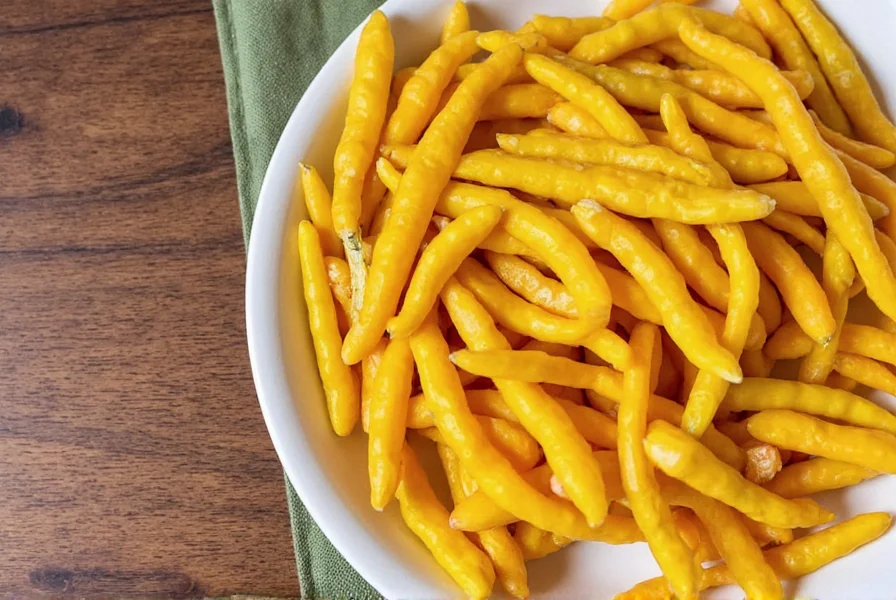
What Is the Peruvian Yellow Chili?
The Aji Amarillo, or Peruvian yellow chili, is a staple of Peruvian cuisine, prized for its bold flavor and moderate spiciness. Botanically classified as Capsicum baccatum, it’s native to the Andean region and has been cultivated for centuries. Fresh, it’s bright yellow to orange in color, with a wrinkled skin and elongated shape. When dried, it turns darker but retains much of its unique flavor profile.
Quick Fact:
- Color: Bright yellow to orange
- Length: Around 4–6 inches
- Heat Level: Medium (30,000–50,000 SHU)
- Taste: Fruity, smoky, slightly floral
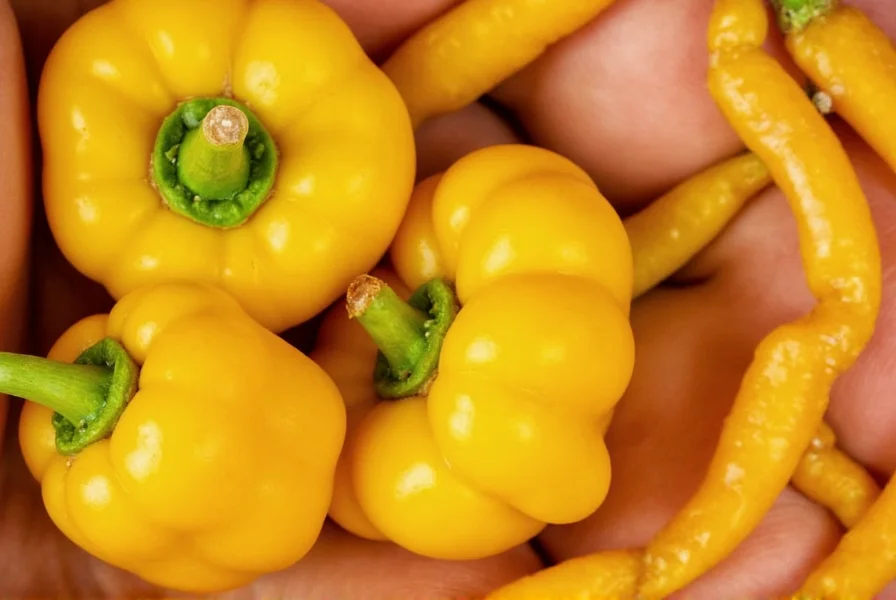
A Little History: How This Chili Conquered the Andes
Long before Pisco Sours and Lomo Saltado graced international menus, chilies like the Aji Amarillo were already integral to Andean diets. Archaeological evidence shows that indigenous communities used these chilies for both culinary and medicinal purposes thousands of years ago. With the rise of the Incan Empire, chili-based sauces became part of ceremonial dishes and daily fare alike.
Fast forward to colonial times—Spanish explorers discovered this golden gem and helped spread its popularity across Latin America. Today, it stands proudly as one of Peru’s most iconic flavors, often featured alongside staples like quinoa, corn, and cacao.

How Spicy Is It Really? The Heat Scale Decoded
If you’re a seasoned chili head or a curious newbie, understanding the Aji Amarillo’s heat level helps you cook with confidence. On the Scoville scale—a measure of spiciness—it clocks in between 30,000 and 50,000 units. For reference:
| Chili | Scoville Units |
|---|---|
| Jalapeño | 2,500–8,000 |
| Serrano Pepper | 10,000–23,000 |
| Aji Amarillo | 30,000–50,000 |
| Habanero | 100,000–350,000 |
This makes the Peruvian yellow chili hotter than jalapeños but milder than habaneros. The heat builds gradually, allowing the rich fruitiness to shine through before delivering a satisfying kick.
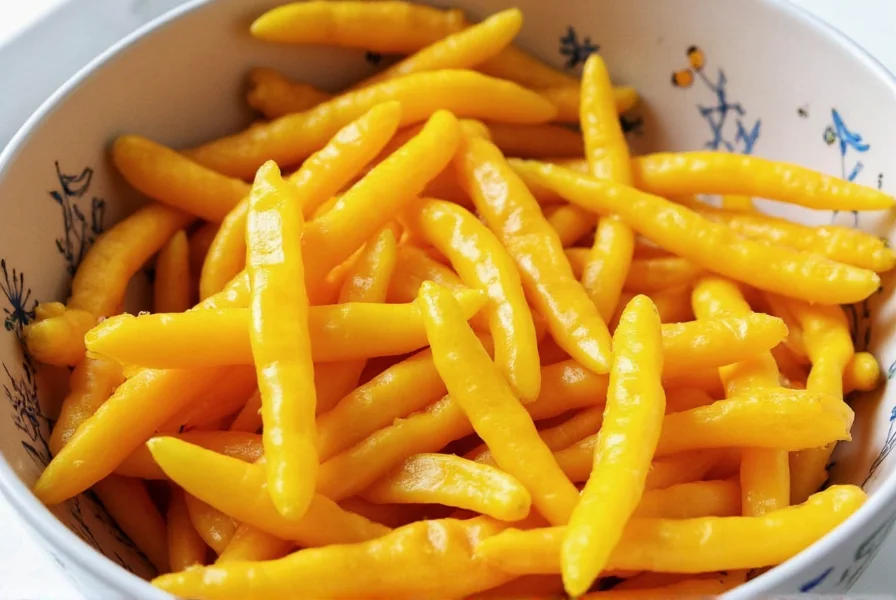
Flavor Profile: More Than Just Heat
The Aji Amarillo isn’t just about spice—it’s a flavor symphony. Imagine a mix of sun-ripened tropical fruits, green bell pepper, and a hint of citrus zest. There’s also a subtle smokiness that adds depth, especially when roasted or used in pastes.
This complexity is what sets it apart from many other chilies. Unlike the raw bite of a serrano or the earthy warmth of a poblano, the yellow chili brings balance and brightness to dishes. Whether pureed into sauces or sliced fresh into ceviche, it elevates the entire flavor experience.
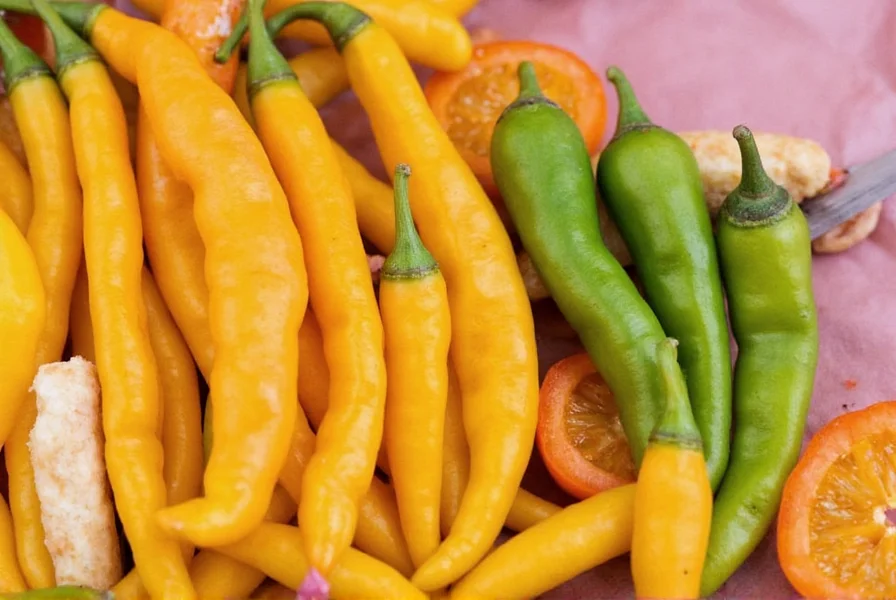
Uses in Peruvian Cuisine: From Aji Sauce to Ceviche
You can't talk about Peruvian food without mentioning the Aji Amarillo. It’s the star of countless classic dishes. Here are a few ways it shines:
- Aji Sauce: The base of many Peruvian sauces, including creamy Aji Verde and fiery Aji de Gallina.
- Ceviche: Adds a zesty punch to the marinade, complementing lime and seafood beautifully.
- Lomo Saltado: Infused into stir-fries for a spicy-savory dimension.
- Papas a la Huancaína: Creamy cheese sauce spiked with yellow chili for contrast.

Top 5 Cooking Tips for Using Yellow Chili Like a Pro
- Don’t Overcook It: To preserve flavor and color, add pureed or chopped chili toward the end of cooking.
- Roast It First: Char whole chilies over flame for deeper flavor before blending into sauces.
- Seed It Smartly: Remove seeds if you want less heat but keep the ribs—they pack most of the flavor.
- Pair With Citrus: Balances out the richness in stews and enhances the fruitiness.
- Freeze It: Puree and freeze in ice cube trays for easy future use—no more last-minute trips to the store!
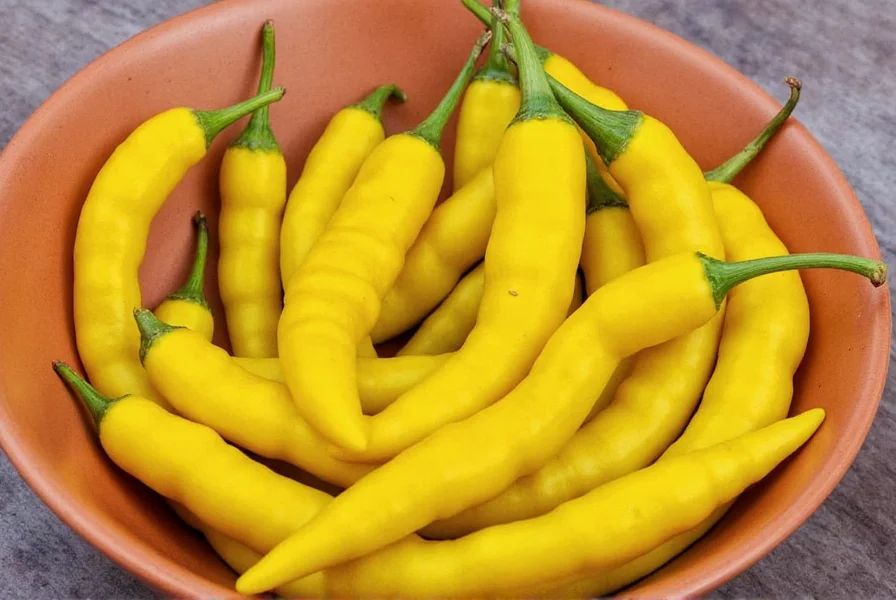
Buying Guide: Finding the Best Peruvian Yellow Chili Products
Whether you're lucky enough to find fresh chilies at a market or prefer bottled versions, here’s how to choose wisely.
| Product Type | Brand | Features | Best For | Occasion |
|---|---|---|---|---|
| Fresh Chilies | Local Farmer Markets | Organic, vibrant color, firm texture | Cooking traditional recipes from scratch | Weekend meal prep or Peruvian dinner parties |
| Chili Paste | La Costeña | Consistent flavor, shelf-stable, no waste | Busy weeknights or fusion dishes | Dash of authentic flavor in minutes |
| Dried Chilies | San Mateo | Whole pods, strong aroma, ideal for infusions | Stocks, soups, or homemade sauces | Winter cooking or slow cooker recipes |
When purchasing, always check for packaging integrity, expiration dates, and ingredients list. Look for products with minimal additives and preservatives for the most authentic taste.
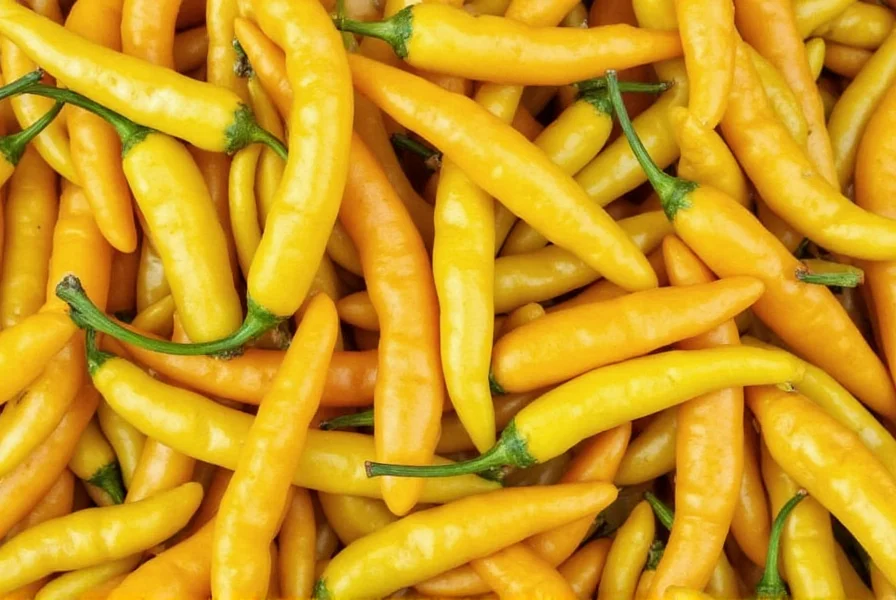
Storing & Preserving Your Chili Powerhouse
To make the most of your Aji Amarillo, proper storage is key. Here’s how to keep it tasting fresh:
- Fresh Chilies: Store in a paper bag in the fridge for up to two weeks.
- Dried Chilies: Keep in an airtight container away from light and moisture—good for up to six months.
- Chili Paste: Refrigerate after opening; lasts up to three months.
- Chopped/Frozen: Seal well and freeze for up to a year—perfect for spontaneous chili cravings!
Spice Up Global Dishes with Yellow Chili: Fusion Ideas
Why limit the magic to Peruvian classics? Try adding Aji Amarillo to global cuisines for exciting twists:
- Mexican: Swirl into guacamole for a zesty upgrade.
- Italian: Add a spoonful to tomato sauce for depth and heat.
- Asian: Stir into pad Thai or ramen broth for a citrusy kick.
- American BBQ: Mix into mayo for a fiery slaw or sandwich spread.

Conclusion: Let the Yellow Glow Brighten Your Plate
The Peruvian yellow chili isn’t just another spice—it’s a flavor passport to the heart of Peruvian culture. With its balanced heat, vibrant color, and complex flavor, it deserves a spot in every adventurous kitchen. Whether you're recreating traditional dishes or experimenting with new flavors, let the Aji Amarillo be your guide to a tastier, spicier world.
So next time you see those glowing yellow chilies in the market or on the shelf, don’t hesitate—grab them, roast them, blend them, and afiesta your life with their delicious fire!


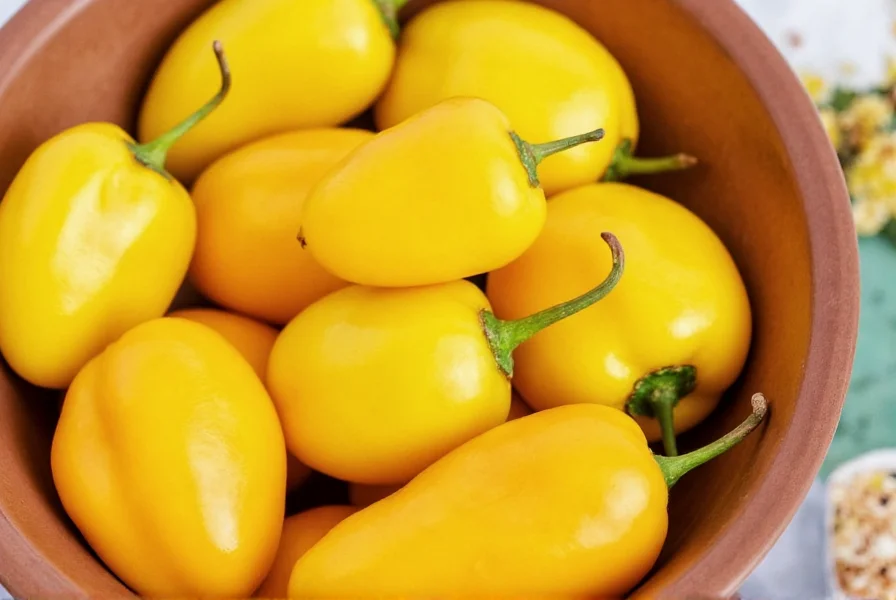









 浙公网安备
33010002000092号
浙公网安备
33010002000092号 浙B2-20120091-4
浙B2-20120091-4